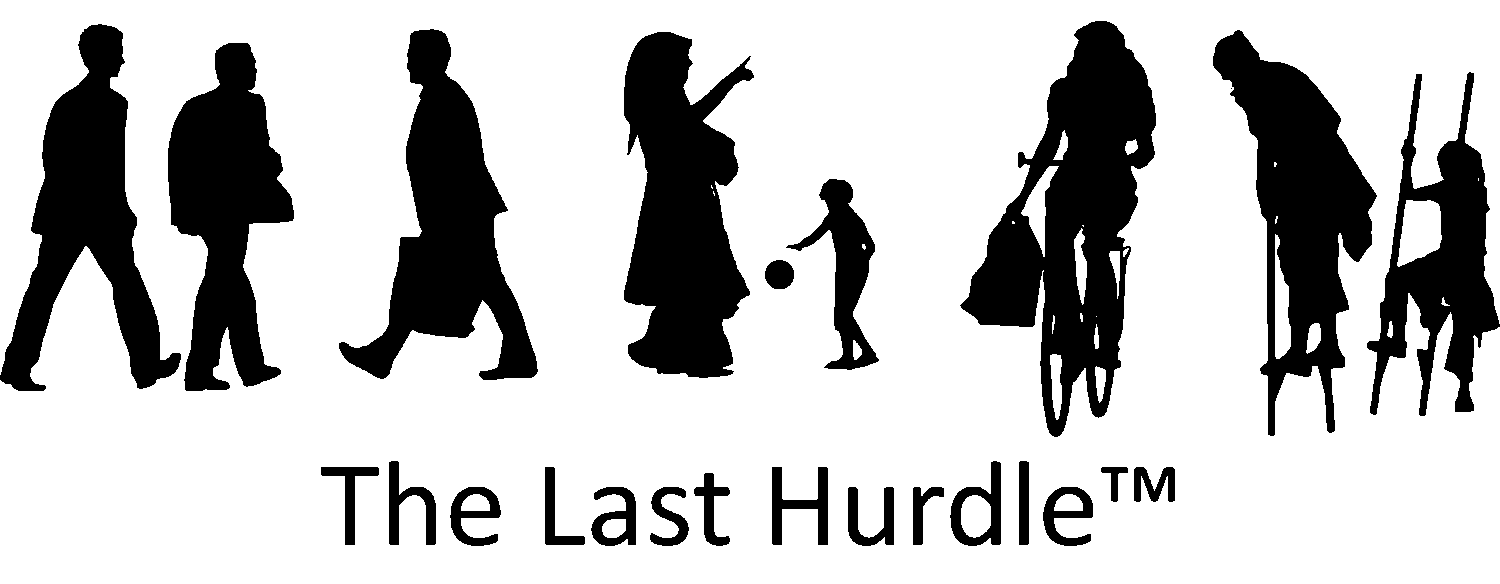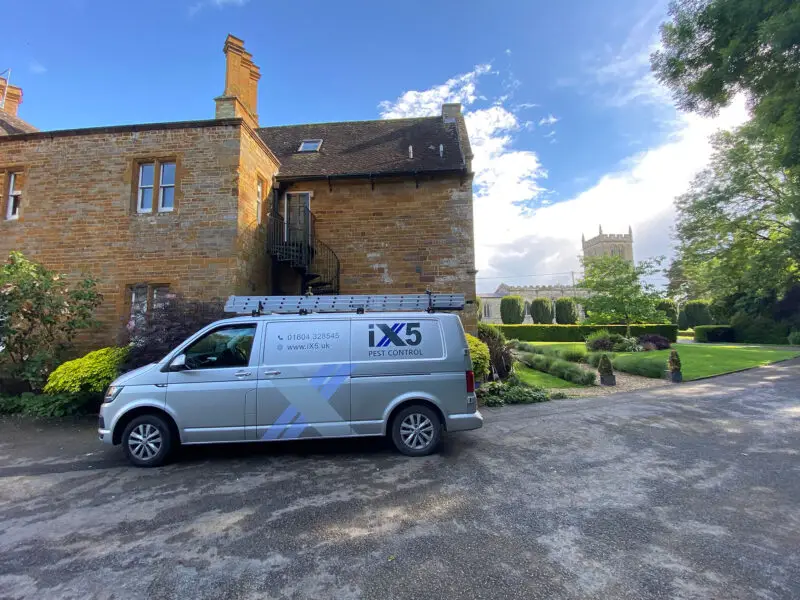What the AWS Outage Taught Us About Business Continuity
When the Cloud Falters
Earlier this week, much of the internet quietly stopped working. From Adobe Stock to Amazon itself, the outage that hit Amazon Web Services (AWS) left millions of users locked out of the tools they rely on daily. It was a stark reminder of just how dependent we’ve all become on cloud infrastructure and how even the biggest names aren’t immune when it fails.
At The Last Hurdle, we were lucky. None of the websites or systems we manage were affected, but a few of our clients did experience knock-on effects through software or phone systems that depended on AWS in the background.
One client, for example, uses an internal job-logging platform that sits on AWS servers. Their website and email (which we host) ran smoothly all day, but their internal software was down for hours, leaving their team unable to record new jobs or track progress. It wasn’t their fault, or their software supplier’s, but it was a sobering example of how fragile the digital chain can be.
When One Link Breaks, Everything Feels It
Outages like this have a ripple effect. Even if your own systems are sound, you may still be affected by the providers your providers rely on.
A few examples from this week:
- Creative teams couldn’t access Adobe Stock or their design libraries.
- E-commerce businesses found payment gateways and delivery tracking systems frozen.
- Office teams discovered that cloud-based phone systems and CRMs simply wouldn’t load.
We often talk about “the cloud” as if it’s a single, safe place in the sky. In reality, it’s a complex web of interconnected services, and when one major strand fails, it can ripple across the entire network.
If the Giants Can Go Down, So Can Anyone
What surprised many this week wasn’t that AWS had an outage; these things happen, but that so many major platforms seemed to have no immediate fallback plan.
We were particularly struck by Adobe Stock’s downtime. It’s a global, multi-billion-dollar brand, yet the whole service vanished for several hours. At The Last Hurdle, even though we’re a fraction of that size, we operate with our own disaster recovery mindset.
If our hosting provider were to go offline, we can switch to a mirrored backup server that sits with a different provider, within minutes. It’s not cheap to maintain, but neither is downtime.
The True Cost of Downtime
Research in 2024 found that for UK businesses, the average cost of an IT outage was around £212,000 per incident. Smaller businesses, of course, feel it differently, but even short outages are painful: companies with 11–50 staff reported a median cost of £7,500 per downtime event, and for medium-sized firms that figure doubles to £15,000.
And that’s just the financial hit. Add in the reputational impact, the missed opportunities, the customer frustration and suddenly, prevention looks like a bargain.
Even if your business doesn’t operate online, the systems you depend on probably do: payroll, stock control, marketing tools, or cloud-based phones. The cost of a plan B is almost always less than the cost of no plan at all.

How Small Businesses Can Stay Resilient
You don’t need enterprise-level budgets to build resilience. Here are a few simple steps any business can take:
- Map your dependencies.
List the software and systems you rely on, not just your website, but CRMs, invoicing tools, and third-party integrations. - Ask questions.
Check what your providers do for uptime and recovery. Do they have multiple data centres? Can they switch regions automatically? - Diversify your risk.
Host backups or mirror sites with different providers. It’s no good having both servers in the same data centre if that centre goes dark. - Keep essential assets offline.
Maintain a local copy of brand materials, key contact lists, and other files you couldn’t operate without. - Test your recovery plan.
A plan that’s never tested isn’t a plan, it’s a hope. Simulate an outage and see how quickly you can restore operations.
What This Week Taught Us
This week’s AWS outage was a reminder that scale doesn’t guarantee resilience. In fact, smaller, agile businesses can often respond faster because they know exactly where their critical systems live and have the flexibility to act quickly when things go wrong.
At The Last Hurdle, we’ve always believed that strong business continuity isn’t about being immune to problems, it’s about being ready for them. We can’t stop the cloud from faltering, but we can make sure our clients’ businesses don’t fall with it.
Outages happen. What matters is what happens next.
If you’d like a sanity check on your own website resilience or hosting setup, we’re always happy to help you understand where your digital weak spots might be and how to build in a little extra peace of mind.





